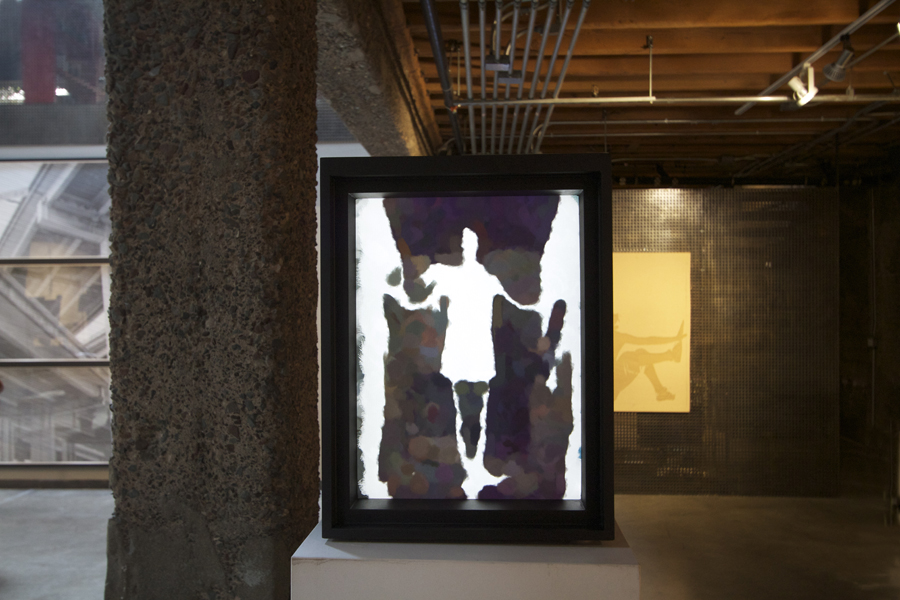Clive McCarthy
First Time Art Party Participant
Clive McCarthy’s Studio
Artist’s Website
www.fourteenthstreetstudio.com
Artist’s Statement
Electric Paint Never Dries:
I pass by the work in my studio and, from the corner of my eye, see images emerge that I wish to hold and yet they slip away beyond my grasp.
The machine constantly makes such accidental moments of beauty — my work, as an artist, is to set up the mechanism for the production of those moments.
About the Artist
Imagine a painting whose appearance shifts continuously over time, so much so that millions of years would have to pass before for your first glimpse of it returned. This may sound, to some, like a gimmick, but I assure you it’s not. The SF-based engineer/artist Clive McCarthy has achieved it. McCarthy’s grounding in art history is as solid as the algorithms that control his “paintings”. His works, projected on small flat-panel screens, randomly recompose before your eyes. Each is derived from thousands of photographs that neither reveal their identity as such nor recall photorealism. They serially dissolve and reconstitute with periodic screen “wipes,” as if Hans Hofmann had applied a lethargic version of the “Ken Burns effect” to post Impressionist paintings. Works like these show that the much-hyped fusion of science and art is finally starting to bear fruit.
…
McCarthy’s works uncannily evince the facture of actual paintings. Which is not to say that you will be fooled into thinking you are looking at pigment on canvas; only that his works are sensual. His algorithms do a superb job of synthesizing line, brushstroke and tactility. Whether that’s good, I’m not sure. In general, I resist digital encroachments on certain segments of the real world. But, if we’re destined to lose that battle, as it appears we are, then it’s people like McCarthy who I want in charge.
What’s unquestionably good about McCarthy’s effort is that it combines the virtues painting and video while muting their respective “problems”. Painting activates the senses through the touch of the human hand on tangible surfaces. The problem is that you have to engage with it, something the device-addicted Facebook generation may be incapable of. With video it’s just the opposite. It exploits our survival instinct. If it moves, we look. We can’t help it. McCarthy’s works, because of how they blend the long-look demand of painting with the must-look quality of video, reward instinct and intellect simultaneously and in roughly equal measure. Thus, process is the product. The only counterpart that comes to mind are the videos David Hockney made of himself creating iPad drawings.
McCarthy, who spent years as chief engineer at the semiconductor maker Altera before taking up art in 1997, understands these challenges, having probed the neurophysiology of vision as explored by David Marr, the MIT scientist whose work on cognition and computation remains seminal decades after it was published posthumously in 1982. McCarthy’s application of his ideas may well change the rules of engagement for painters.
— David M. Roth April 2014



